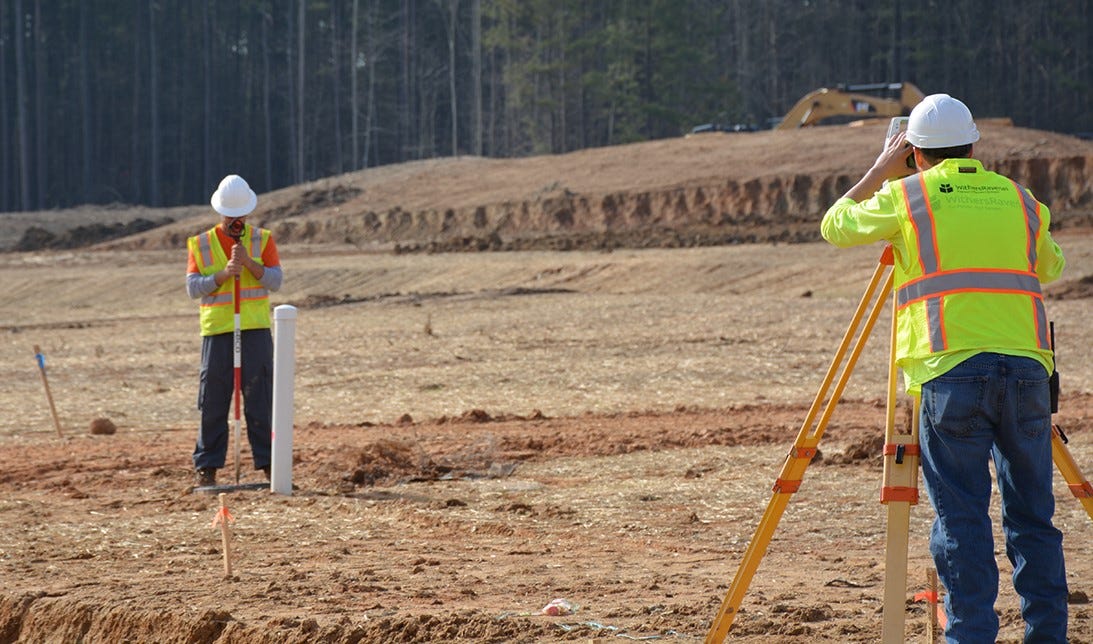What makes blockchain "hard"?
Blockchain is a very hard concept to understand, and even harder to see why it'd be useful. For a simple explanation of what blockchain is, please see our article What is blockchain. Here are several possible reasons that might make blockchain technology hard to understand.
1. Blockchain is infrastructural technology

Infrastructural technologies are often difficult to understand, as they serve an intermediate purpose that isn't visible in everyday life.
For example, everyone can easily understand the concept of a mobile phone, because it's used in everyday life and was designed to be easy to understand. But if you dig into a phone and go several layers deep into the technology to say, the semiconductor P-N junctions which make transistors possible - that's a far more difficult concept to understand.
Blockchain likewise is a piece of infrastructural technology designed to bridge trust gaps. It is supposed to be invisible, embedded many layers deep into the things that make our everyday lives easier.
2. Trust isn't measured

Not only is blockchain as a technology difficult to understand, the problem it tries to solve - trust gaps - is also difficult to understand. The challenge isn't with the concept of "trust" itself, but rather that there is a problem at all - where are the "gaps"?
Trust gaps are difficult to identify because human society has worked very hard to eliminate it. Trust is the basic premise for any collaboration, without it, no one can work together. Over millennia of human civilization, we have created innumerable mechanisms to ensure there exists trust between people and institutions so that we may cooperate. Our legal systems, contracts, organizations such as corporations, or even basic social unit such as the family are all evolved to ensure that we trust one another.
But this doesn't mean trust is a solved problem. It is often the case that, before instruments are designed to measure a problem, it is difficult to recognize the severity or even the very existence of the problem. Pain management, for example, was difficult to understand until numerous instruments from self-reporting pain scales to behavioral assessments were developed to measure the highly subjective experience of pain. Operational excellence in manufacturing was difficult to achieve until methodical measurement and observation techniques were developed in frameworks such as the Six Sigma process to test and quantify hypotheses and abnormalities.
Before a problem is measured, it is difficult to understand how it even exists. Just how much are trust gaps costing us as a society? It has not been systematically measured yet.
3. Decentralization comes with personal responsibilities

In the world of centralized systems, we've all become used to the convenience of having all our needs taken care of or even anticipated. The tradeoff of having everything taken care of for us is that the centralized systems which do the work have almost complete access and control over not just our information but increasingly our lives.
Blockchain technologies help create decentralized systems, one in which no one can take control of your information without your explicit consent. But the tradeoff is that you must be personally responsible for everything that happens. For example, in an idealized decentralized system, there is no password recovery. If you lose your secret key, you lose all identities, assets, and privileges tied to that secret key, forever. There are technical and social mechanisms that could help to ameliorate this harsh reality, but a harsh one it is.
For many, this may be too difficult of a transition to make.
So how do you make blockchain "easy"?
- Make blockchain invisible as infrastructural technologies should be. Blockchain should make things we already have work better, but do not expose the complexity of infrastructural technology to end users, that's guaranteed to slow down adoption.
- Develop measurement mechanisms to help society at large understand the cost of un-bridged or inefficiently bridged trust gaps.
- Develop and drive adoption for non-polarized, non-idealized decentralized applications. The world isn't black or white, and that applies to the concept of decentralization too. Let's prioritize adoption.
Mind you, these challenges are mostly those experienced by humans…
A word about devices
Precisely because we recognize these challenges associated with blockchain's adoption, we believe that connected devices, or IoT devices are probably far better suited to take advantage of this revolutionary technology.
Devices don't forget their passwords, they have no trust mechanisms, and they themselves are often infrastructural technology anyway and can remain invisible.
Taraxa deeply believes in the mission of leveraging blockchain technology to endow devices with identity, concept of asset ownership, the ability to transact, and to help them become economically independent entities that can operate on at localized and decentralized capacity.
Stay tuned.
